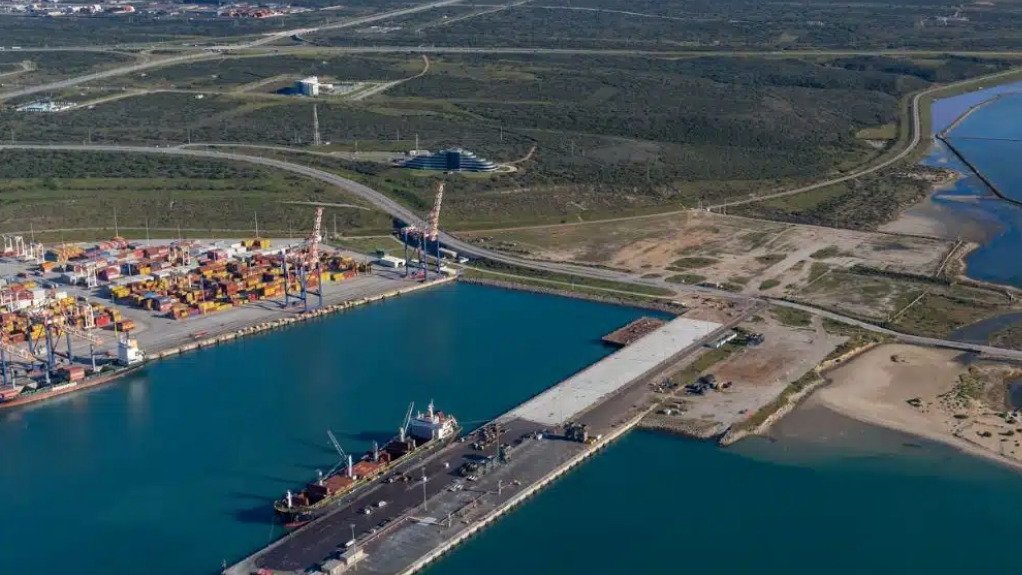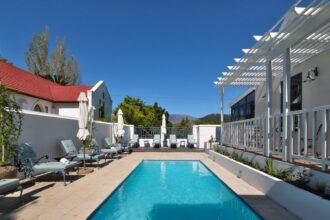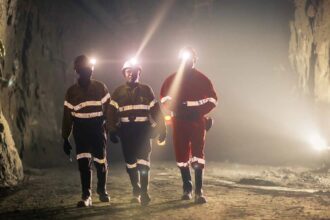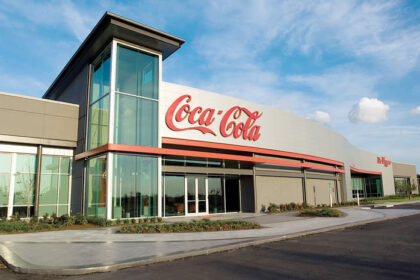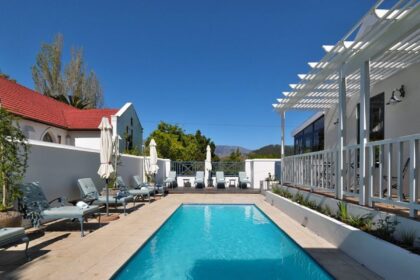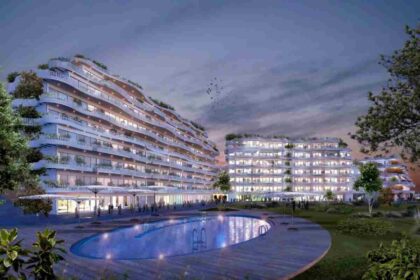At a Glance
- South Africa launches a $5.8 billion Hive project to tap the booming green ammonia export market.
- Coega hub to produce 1 million tons/year by 2029, targeting EU, Japan, and South Korea.
- The project aims to be the world’s lowest-cost green ammonia, backed by solar, wind, and desalination.
South Africa is racing to stake its claim in the global green hydrogen economy with a $5.8 billion investment in the Hive Green Ammonia Project — a landmark initiative expected to transform the Port of Coega into one of the world’s most competitive green ammonia export hubs.
Backed by UK-based Hive Energy and local partner BuiltAfrica, the project is set to deliver up to one million metric tons of green ammonia annually by 2029, targeting high-demand markets in Europe, Japan, and South Korea.
The announcement underscores South Africa’s bid to become a major player in clean fuel exports, leveraging its abundant solar and wind resources along with existing port infrastructure.
Africa’s new energy frontier
“This project will offer the lowest-cost green ammonia globally,” said Colin Loubser, Hive Energy’s Africa CEO, during the Africa Energy Indaba in Cape Town.
He emphasized that despite global competition and state-subsidized efforts in Australia and India, South Africa remains competitively positioned.
Ammonia, a vital component for fertilizers and industrial chemicals, also plays a critical role in hydrogen transport — a growing focus for countries committed to reducing carbon emissions.
Hydrogen, while clean, is notoriously difficult to ship or store. Green ammonia offers a scalable solution.
President Cyril Ramaphosa reaffirmed government support, calling hydrogen “a bridge to a new export economy for African countries.”
He highlighted that production costs could fall to $650 per ton, yielding attractive double-digit returns for investors.
Coega’s transformation into a global hydrogen export gateway
The Coega project is part of a larger continental push: over 50 green hydrogen and ammonia initiatives are in development across Africa, from Morocco and Egypt to Namibia.
However, South Africa holds a unique edge including a built-in desalination plant operated by Cerebos, the country’s largest salt producer, which will help reduce capital expenditure and support sustainable water sourcing.
The Department of Trade, Industry and Competition estimates that South Africa could achieve green hydrogen production costs of $1 per kilogram by 2050, further reinforcing the nation’s long-term viability in the sector.
As demand for low-carbon fuels accelerates across the European Union and Asia, South Africa’s Hive Green Ammonia Project may well define the continent’s green energy future — and position Coega as a critical node in the global hydrogen supply chain.

